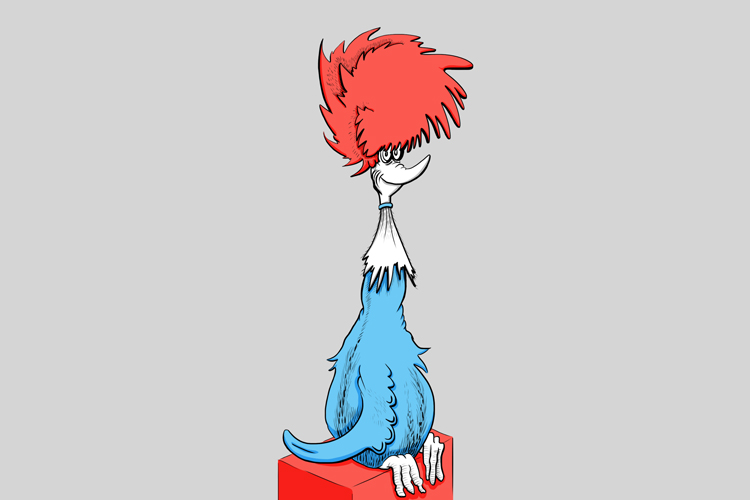Amphibrachic heptameter and Amphibrachic octameter
An amphibrachic foot (known as an amphibrach) has a short syllable followed by a long syllable followed by a short syllable (SLS or U/U).
Heptameter is seven feet per line and octameter is eight feet per line.
While lots of poems have been written using the amphibrachic foot, the preferred metre is mostly tetrameter (four amphibrachs to the line.
Example of amphibrachic heptameter
The only example we could find was on an online forum for computer programmers, where a forum member came up with this means of remembering what must be an important point about programming:

“Replaces with spaces the braces in cases where braces in spaces cause stasis”.
While this line is probably meaningless to most of us, it illustrates perfectly the repetition (seven times) of the short-long-short amphibrachic foot.
A closer look at the feet in this line
U = short syllable; / = long syllable; | = division between feet
Example of amphibrachic octameter
Again, it doesn’t really exist, but could if you wanted to write long lines of amphibrachs.
Probably the best way of hearing in your mind’s ear what amphibrachic octameter would sound like is to take two lines of amphibrachic tetrameter (four feet per line) and join them together in one line:
And, speaking of birds, there’s the Russian Palooski whose headski is redski and belly is blueski.

Dr Seuss, from If I Ran the Zoo
NOTE:
If this was written as intended in amphibrachic tetrameter, the line break would come after the word “Palooski”, but you probably worked that out for yourself!
A closer look at the feet in this line
U = short syllable; / = long syllable; | = division between feet





